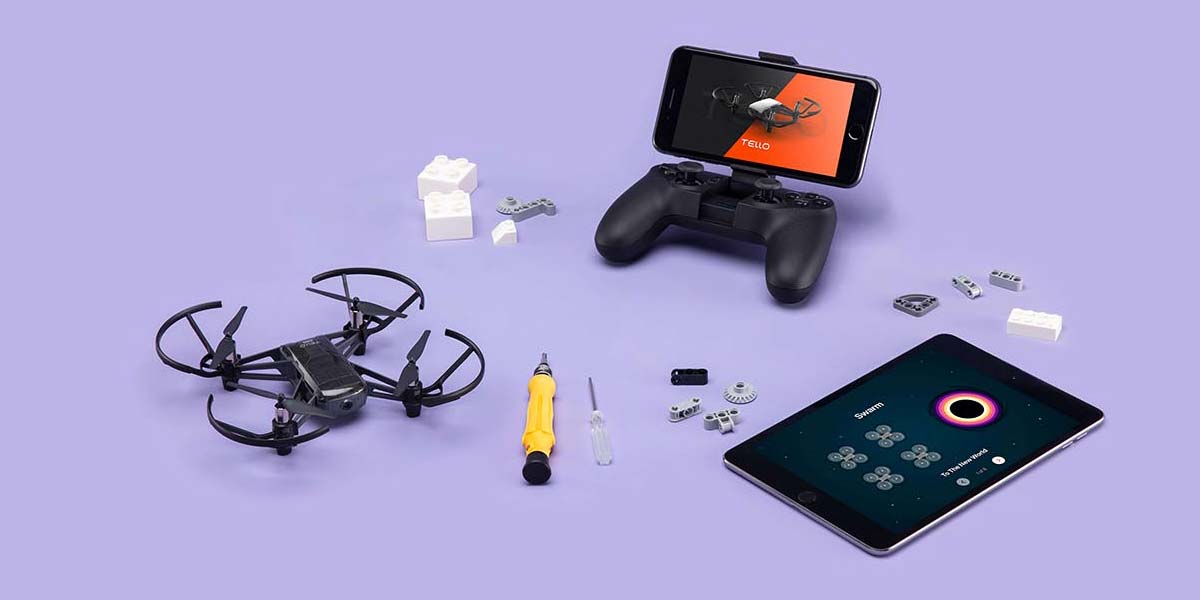
A Drone Platform for STEM Education
By Bryan Bergeron View In Digital Edition
Fluency in robotics requires knowledge and practical experience in the entire range of STEM (Science, Technology, Engineering, Math) subjects. As such, robotic arms and wheeled vehicles have been the traditional platforms of choice for STEM educators. I must have gone through three generations of robotic arms and a dozen carpet roamers in my exploration of robotics.
Arms and roamers are safe bets — especially among students with wildly varying levels of intelligence, tolerance for risk, and limited budgets. Rockets, drones, and various other flying machines were too complex, too expensive, and too proprietary.
This may have been true five years ago, but not today. Flying drones — such as semi-autonomous quadcopters — are probably available free in cereal boxes somewhere. My personal collection ranges from a $30 SymaX5SW quadcopter to a $900 Mavic Air.
These two particular platforms are fun to fly, but they’re sorely lacking in terms of supporting STEM education. Both are great for developing eye-thumb coordination, how to use real time first-person view video, and how to manage battery time. However, neither provide support for modifying or monitoring exactly what’s happening in the drone’s microcontroller and sensors.
Enter the DJI Tello Edu: a small indoor drone that you can program in Scratch, Python, and Swift. If you want to take a look at the example code, see the Tello-Python modules available on GitHub at https://github.com/dji-sdk/Tello-Python. The code samples cover everything from image recognition to swarming.
As a hardware platform, the Tello isn’t much to look at, especially at $100 for the base drone. Clearly, DJI is able to sell the Tello at double the price of a similarly configured Syma drone because of the software development kit.
The Tello camera takes 5 MB photos; the battery supports 13 minute flight times; and the controller is sturdy. Various kits with batteries and accessories can be purchased from Amazon from $100-$250. Two versions are available through the DJI website.
Again, software is where the Tello shines. I’m not aware of any other drones that are as well documented and configured out of the box to support STEM education. With the SDK, you’ll have access to the drone’s video stream and can develop image processing, object tracking, and object recognition modules.
Although I haven’t tried it, there is also support for swarming of multiple drones. See the example Python script at the link.
So, what are the downsides of exploring robotics with a drone vs. an ordinary carpet crawler? There is obviously the issue of a crash landing due to programming errors. A mistake on a carpet crawler might end up with a bump against a wall or maybe a harmless fall from a tabletop. But come on, a flying platform is so much more interesting — and fun — compared to a slow moving wheeled vehicle.
The fun, in my opinion, more than compensates for the risk of a crash landing or a collision with another drone. Are you ready to step up to a more exciting STEM experience? SV
Article Comments